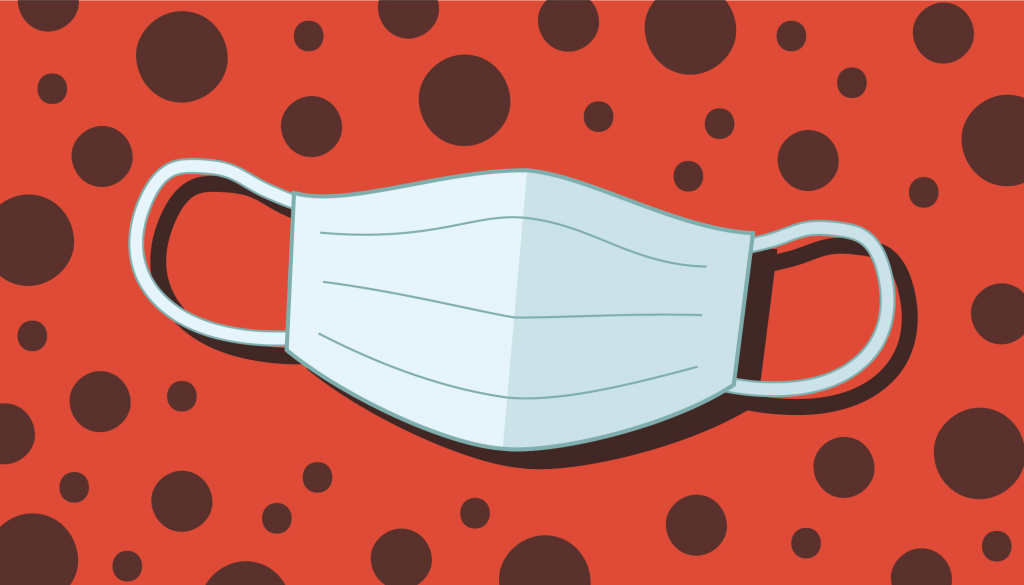As a result of increasing Monkeypox cases across New York state, The Broome County Health Department (BCHD) is asking the public to be aware of further spread.
According to the New York State Department of Health, the state has a total of 3,234 confirmed cases, with two cases in Broome County. Infection is spread through physical contact, often specifically by respiratory droplets, oral fluids, direct contact with sores or through objects and fabrics that have been used by an infected person. In addition to flu-like symptoms, like fever, headache, muscle aches, chills and fatigue, symptoms of Monkeypox can include rashes, bumps and blisters on or around the genitals and in other areas such as hands, feet, chest or face.
Susan Medina, a director for the BCHD, outlined the actions her department is taking to prevent the spread of the viral disease.
“What we’ve been doing is sharing information with our community agencies that don’t typically serve the high-risk population and [we] have been providing them information and updates to share with their clients,” Medina said. “We also have been contacting our waiting list of people that qualify for the vaccine, so that way, once we have the vaccine available, we’ll be able to set up clinics to vaccinate anyone identified at risk.”
According to the Decker Student Health Services Center website, Binghamton University has already established precautions this semester, which includes offering limited isolation housing on campus for students that test positive for Monkeypox. In the event there is a need that surpasses available beds, BU may require students to return home for isolation.
Chris Downey, director of health and counseling services at BU, explained the safety measures the University is taking to assist students who have been exposed to Monkeypox.
“Furthermore, we are working very closely with the BCHD and, most recently, conducted a tabletop exercise with BCHD to be prepared for if a suspected and/or positive case is identified as a BU student,” Downey said.
A “tabletop exercise” is when medical professionals gather to discuss reactions to different simulated scenarios.
Medina explained that while Monkeypox has not been as normalized among the public as COVID-19, it is still important to be knowledgeable about the disease.
“I think at this point there isn’t any cause for widespread public alarm,” Medina said. “But, the public in general should just know what to look for and be aware of it. But as a public health practitioner, I think it’s just [as] important for people who have any symptoms of illness to separate from other people, just to limit the spread. With COVID-19, there were other precautions that needed to be taken, but with this, people don’t need to take those precautions.”
In response to the new sickness, some students have voiced support for more caution.
Allen Puskar, a junior majoring in biology, said although BU might be limited in what actions it can take, it would be better to use some previous COVID-19-related measures.
“I think it would be harder for BU to take any actions with this disease as much of it is done by direct contact,” Puskar said. “COVID-19 was able to be controlled with masks and social distancing since it was airborne, but I think the only thing they can do is instill social distancing guidelines, at least in classrooms and dining areas, where people constantly touch surfaces and each other.”
Daniel Chavarria, a junior majoring in business administration, said that, while it is simple to say there is nothing to worry about, it is still important to practice caution with a disease some do not know much about.
“I think Monkeypox is definitely something to start spreading awareness about as soon as possible,” Chavarria said. “In my opinion, this is almost like a test to see if we learned something as a community during the COVID-19 pandemic.”
Both of Broome County’s two infected residents have remained isolated at home, with no identifiable close contacts reported. Unlike COVID-19, Monkeypox most commonly spreads through skin-to-skin contact. More information about the disease can be found here.



